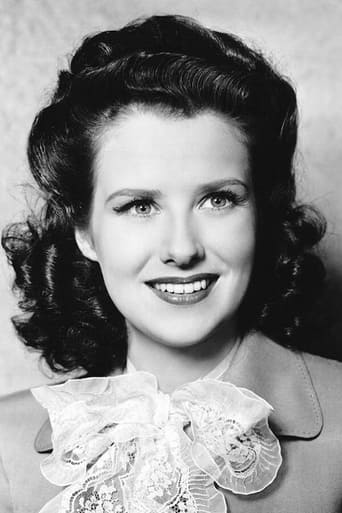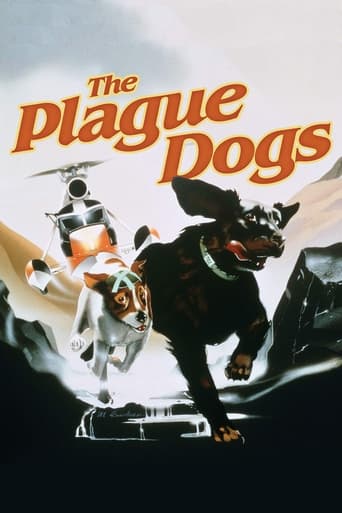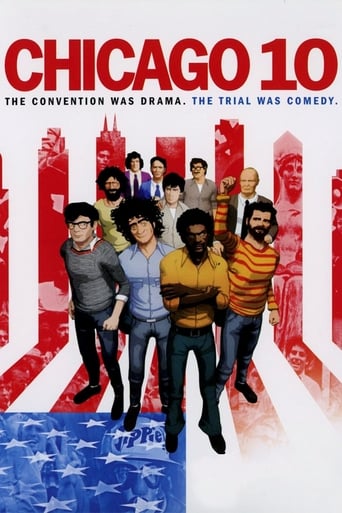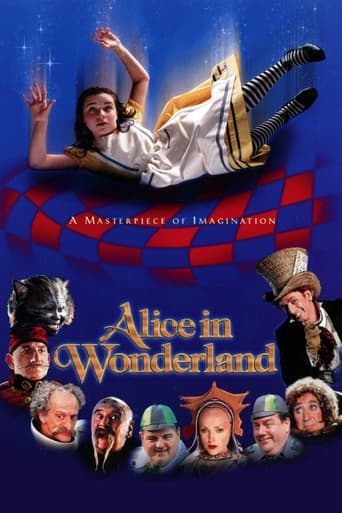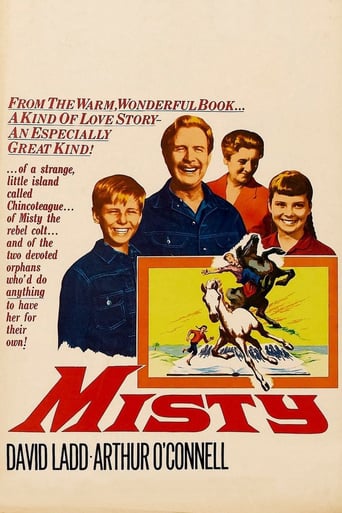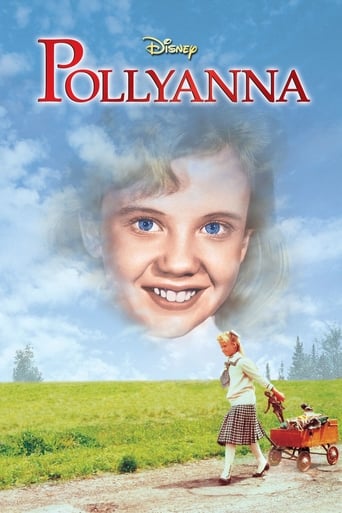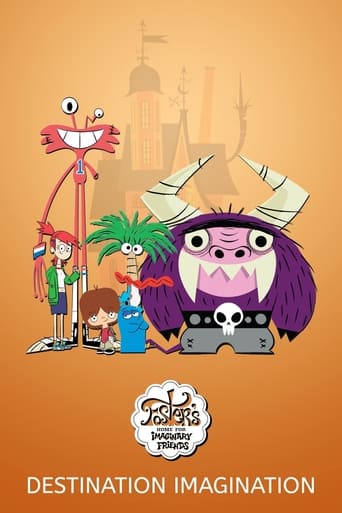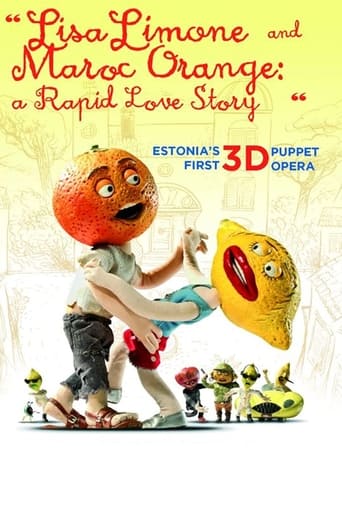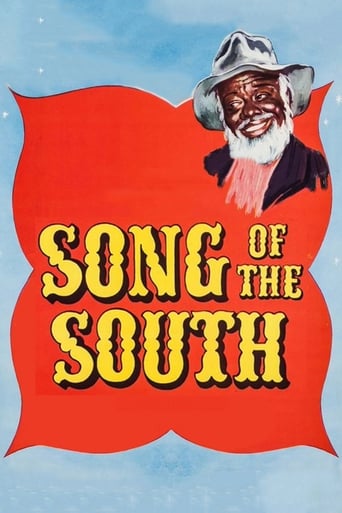
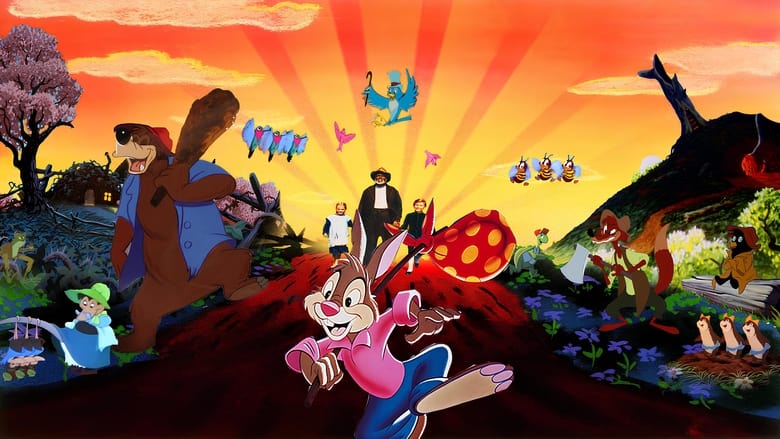
Song of the South (1946)
Uncle Remus draws upon his tales of Br'er Rabbit to help little Johnny deal with his confusion over his parents' separation as well as his new life on the plantation.
Watch Trailer
Cast


Similar titles
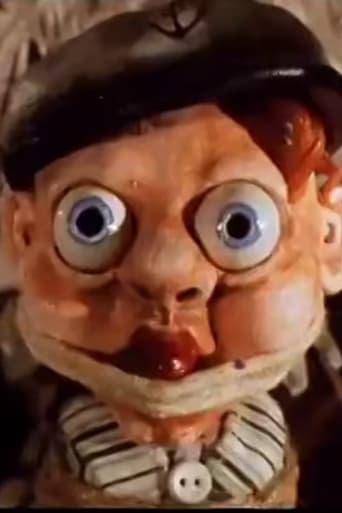
Reviews
One of my all time favorites.
Captivating movie !
This is a small, humorous movie in some ways, but it has a huge heart. What a nice experience.
There's no way I can possibly love it entirely but I just think its ridiculously bad, but enjoyable at the same time.
Disney has chosen not to release this film for good reason. For the most part the animated sections are very endearing and free of racism but the rest of the film is certainly not. I can't believe how people can't see that this is racist. Probably because they are at least somewhat racists themselves even if they don't realize it.The film portrays slavery in an almost positive light, which is an obvious rewriting of history and an injustice. It also depicts black people as mostly unintelligent lick-spittles who desire nothing more than to serve their masters well and who are endearingly stupid and jolly. Black slaves sometimes acted like that as a disguise to help protect them from their enslavers' hatred and wrath, not because they actually were like that. It was an act they put on out of necessity for survival. The film also perpetuates the racist archetype of the "magical n*gger or negro". If you don't know what that is or why it is a bad thing to perpetuate you should google it.I somehow managed to see this film as a child when I was very young, I think in Disney World itself, and I honestly feel that it gave me a biased view of black people for the first few years of my life. It is a film that can very powerfully affect children. I would have thought that most adults could watch it and see it for its shortcomings without being negatively influenced by it in their attitudes but after reading some of the above comments I am not too sure about that anymore.Not showing this film to young children under the trusted auspices of the Disney brand, which is exactly what would happen if it was released, is an act of decency, not an act of political correctness run amok as many of the apparently ignorant and racist people reviewing this film would have you believe.There is no doubt that this is NOT a film that should be viewed by young children as entertainment and that is probably why Disney doesn't release it except for academic study by adults...thank God.
One of my favorite childhood memories and one of Disney's masterpieces, far better than anything they are making today. Unfortunately, it is hard to find because Disney was forced to withdraw it... Why ?! Because movie is accused for racism and bad stereotypes. Movie was not directly forbidden, but whatever agency was in charge for this kind of stuff those days, they let Disney know that showing warm family atmosphere between slaves and their owners is unacceptable and can not be tolerated. I understand fights against discrimination and for equality and tolerance, but they really push it too far and destroy many beautiful things of great value by sticking to their principals. I mean... Disney did not come up with this story in 20th century with intention to offend black race. This movie is based on book that is written in year 1800. Should they raise author from the dead to change his novel, just because society circumstances are changed 150 years after ?! If this movie is offensive to black population because of slavery, then lets banish slaves from movies about ancient Greece or Rome, lets change the history. Ridiculous. This movie is not offensive discrimination, this movie is one of most emotional and beautiful masterpieces made for kids in history of animation.
MAKING OR EVEN attempting to make a film that deals with or even depicts as a sort of sidebar the Plantation of the Antebellum South must be done with the highest degree of care and balance. This is much more of a problem in today's so politically correct scene.WHEN THIS MOVIE was made, attitudes were just a trifle more relaxed and dialed down, if you will. Everyone knew what he story was and that we all still had a long way to go to achieved a greater degree of harmony. But no one claimed all of this being "offended" business. It was much more a matter of "Live and Let Live." ALL OF THIS over scrutiny about re-releases and bringing the film to video makes for a highly exaggerated and unnecessary of demonetization. We find these attitudes to be immature, narrow minded and completely counterproductive to both a great film; but also to better relations between different peoples.AS TO THE story, we found it to be a well rendered working of a common enough domestic strife driving the story, all with little Johhny (Bobby Driscoll) caught in the middle. Irony in the person of Uncle Remus (James Baskett) enters the scene and his easy mannerisms and great storytelling both capture the boys imagination, but also prove to be a great tonic for the kid.IT IS WHEN Remus tells his Aesop-like tales that the animation kicks in and supersedes the live action. This is accomplished virtually seamlessly and consequently blending the two into one. In addition to the Disney animation crew, Photographer Greg Toland must share in the atta-boys! He was a staple at RKO Radio Pictures(then Disney's distributor), but also was highly favored by Orson Welles.THE ANIMATED SEQUENCES are not only energetic and imaginative but are also very funny and satisfying. Told in Southern Black dialect, the vignettes are very nearly the best work in the Disney Studio;s history. The anthropomorphic animals were voiced by Brer Fox (James Baskett), Brer Bear (Nicodemus Stewart) and Brer Rabbit, the protagonist (Johnny Lee).AS FAR AS the rendering of the story as an historical document, there is a situation here like no other. In watching the movie, it isn't clear whether or not if it is set before or after the Civil War; as it appears that there is much freedom of movement for Remus and others.
I just watched it for the first time two days ago. This has been on my to-see list for a long time, but it's almost impossible to locate. How did I obtain a copy? I moved into a new neighborhood not long ago, and while looking up titles housed at the local library, I discovered that SONG OF THE SOUTH was in the county system and I could request it from a nearby branch. It took two months to get it, because I was fifth on the list requesting it. I was beginning to wonder if I'd ever see it. But then I received an email last weekend that it had arrived and I went on Monday to pick it up. The minute I got home I put it in the DVD player and sat down and watched it.And just so people know, this was no bootleg copy. It was a disc manufactured by Disney (just not available for sale in the U.S.). On the back of the case, I could see that it had been printed and distributed in Australia under a division of Disney based in London.The disc had bonus features which helped me understand some of the film's screening history. It was originally released in 1946 and advertised heavily on radio and in newspapers. It eventually aired on television in the early 1970s as part of The Wonderful World of Disney. Then, as evidenced by a trailer included on the disc, it was re-released to theatres in 1986 throughout the United States. I guess the mid-to-late 1980s (the Reagan era) were the last days before political correctness took hold of the country.Anyway, as I pressed play and started watching the film, I was expecting it to be totally offensive and cringe-worthy. It is not. In fact, it is very integrated the way the black and white children get along (it seems very progressive for a motion picture produced in 1946). I thought it admirable the way the white boy played by Bobby Driscoll looks up to Uncle Remus (James Baskett) and Aunt Tempy (Hattie McDaniel). It's a beautiful film, told in the usual heart-warming classic Disney way.The Uncle Remus character does not seem like a negative stereotype at all. He has extraordinary value the way he entertains (enthralls) the children with his delightful stories of Br'er Rabbit, and in the way he helps Driscoll's character deal with having an absent father. In fact, when the boy is injured near the end of the film, it is the plantation-owning grandmother (brilliantly played by character actress Lucile Watson) who brings Uncle Remus inside the house to see her grandson. She seems to think very highly of this man at the end of the film. She sees him as much more than a slave. If she can look past the limitations of her close-minded society, then why can't we? Why can't we enjoy this lovely and heartwarming film the way Walt Disney intended it to be enjoyed?



